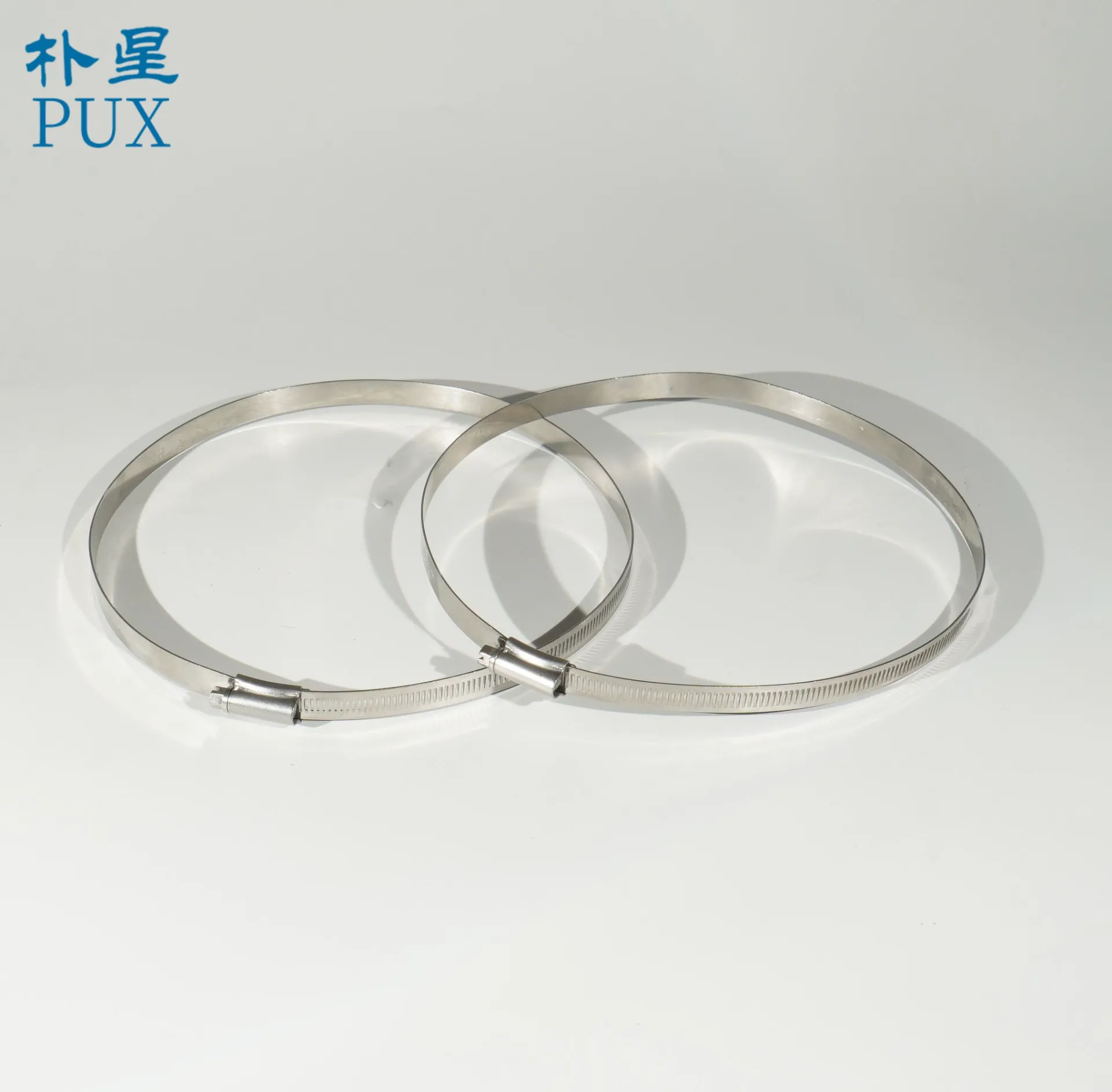- Phone:+86-17331948172 +86-0319-8862898
- E-mail: inquiry@puxingclamp.com
നവം . 09, 2024 20:15 Back to list
High-Quality Marine Fuel Line Hose Clamps for Reliable Performance and Safety
The Importance of Marine Fuel Line Hose Clamps
When it comes to ensuring the safety and efficiency of marine vessels, one often overlooked component is the hose clamp. Specifically, marine fuel line hose clamps play a crucial role in maintaining the integrity of a boat's fuel system. From small recreational boats to large commercial vessels, properly functioning hose clamps are vital for preventing fuel leaks and ensuring safe operations at sea.
Understanding the Function of Hose Clamps
Hose clamps are essential fittings that secure hoses to various fittings and connections. They apply pressure evenly around the circumference of the hose, preventing leaks and maintaining a tight seal. For marine fuel lines, the stakes are particularly high. A loose or damaged hose clamp can lead to fuel leaks, which not only pose a fire hazard but can also lead to environmental contamination. Therefore, understanding the types and benefits of marine fuel line hose clamps is important for boat owners and operators.
Types of Marine Fuel Line Hose Clamps
There are several types of hose clamps commonly used in marine applications, each with its unique features and benefits
1. Screw-Type Hose Clamps These are the most common type and consist of a band with a screw mechanism that tightens the clamp around the hose. They are widely used due to their simplicity and reliability. When properly installed, screw-type clamps can provide a strong seal under a variety of conditions.
2. Spring Clamps Unlike screw-type clamps, spring clamps use a spring mechanism to hold the hose in place. They are often easier to install and remove and are ideal for applications where frequent access to the hose is needed. However, they can be less adjustable than screw-type clamps.
3. Worm Gear Clamps These are a subtype of screw-type clamps characterized by their spiral gear mechanism. Worm gear clamps are known for their ability to provide a uniform clamping pressure, making them suitable for various hose diameters.
4. Plastic and Stainless Steel Clamps Material choice is crucial in marine applications. Stainless steel clamps are corrosion-resistant, making them ideal for saltwater environments. Conversely, plastic clamps may be lighter and more economical but should only be used in specific freshwater applications.
marine fuel line hose clamps

Maintenance and Inspection
Proper maintenance of hose clamps is essential to ensure their longevity and effectiveness. Regular inspections should be part of routine vessel maintenance. Boat owners should check for signs of corrosion, wear, or damage to the clamps, as well as the condition of the hoses themselves. Tightness should be assessed, as over-tightening can damage hoses, while under-tightening can lead to leaks.
Installation Best Practices
Correct installation of marine fuel line hose clamps is critical for optimal performance. Here are a few tips for proper installation
- Select the Right Size Ensure that the clamp is the correct size for the hose. A clamp that is too small will not provide a secure seal, while one that is too large may slip off. - Positioning Place the clamp over the hose fitting and make sure it is evenly seated on the hose. This helps to distribute pressure evenly. - Tightening If using a screw-type clamp, tighten it gradually and evenly. Avoid using power tools, as it may lead to over-tightening. - Leave Space Leave a small gap between the end of the hose and the clamp. This prevents damage to the hose from the edges of the clamp.
The Environmental Impact
Fuel leaks have significant environmental implications. The marine industry is increasingly being held accountable for minimizing its environmental footprint. Using quality marine fuel line hose clamps helps vessel operators adhere to regulations, maintain safety standards, and protect marine ecosystems.
Conclusion
In conclusion, marine fuel line hose clamps are critical components for any vessel's fuel system. They ensure that fuel remains securely contained, preventing leaks that could lead to dangerous and costly situations. By understanding the different types of clamps, practicing proper maintenance, and employing best installation practices, boat operators can enhance the safety and reliability of their marine equipment. In the world of maritime operations, attention to detail can make all the difference, and hose clamps are no exception. Safe boating starts with small yet crucial components—like marine fuel line hose clamps.
-
Premium Adjustable Stainless Steel Hose Clamps for Secure Sealing
NewsAug.25,2025
-
Premium Stainless Steel Hose Clamp - Durable & Rust-Proof
NewsAug.24,2025
-
Premium 201 Stainless Steel Strip - Durable & Cost-Effective
NewsAug.23,2025
-
Precision High Quality Stainless Steel Strip Coils & Rolls
NewsAug.22,2025
-
Durable Adjustable Hose Clamps for Pipes & Radiators
NewsAug.21,2025
-
Heavy Duty Hose Clamps: Premium Stainless Steel & Adjustable
NewsAug.19,2025




